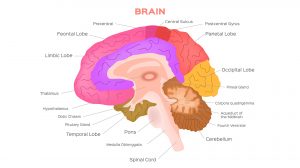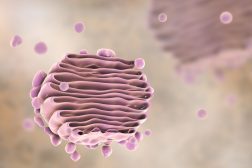Definition
noun
(molecular biology) Multiple copies of nucleotide sequences in the nucleic acids (i.e. DNA or RNA) throughout the genome
Supplement
The repeated sequences occur as multiple copies of nucleic acids in the genome. These repeats may involve the DNA or the RNA. In repetitive DNA, for instance, stretches of DNA repeats occur in the genome as either in tandem or interspersed along the genome. These repeats are found in various organisms. In humans, there may be over two-thirds of repetitive DNA in the genome.1
There are three major types of repeated sequences: (1) terminal repeats, (2) tandem repeats, and (3) interspersed repeats. The terminal repeats are repeated sequences that occur terminally, i.e. on both the 5′ and 3′ ends of a sequence. Tandem repeats are repeated sequences in which the copies lie adjacent to each other. These include satellite DNA, minisatellites and macrosatellites. Interspersed repeats (also called interspersed nuclear elements) are repeated sequences in which the copies are dispersed throughout the genome. Unlike tandem repeats, the interspersed repeats have copies that are nonadjacent. These include the transposable elements (transposons), such as DNA transposons and retrotransposons.
See also:
Reference(s):
1 de Koning A. P., Gu, W., Castoe, T. A., Batzer, M. A., & Pollock, D. D. (2011). “Repetitive elements may comprise over two-thirds of the human genome.” PLoS Genet., 7(12): e1002384.







